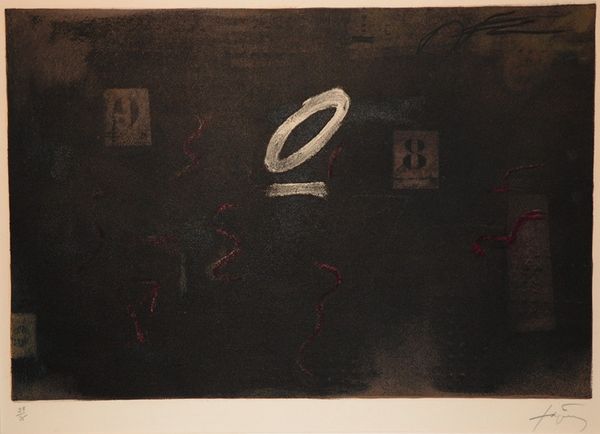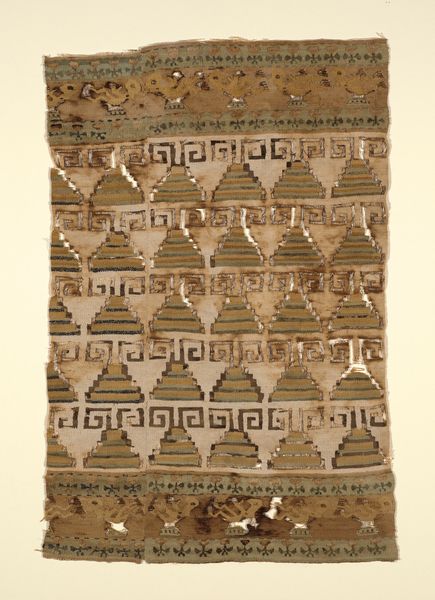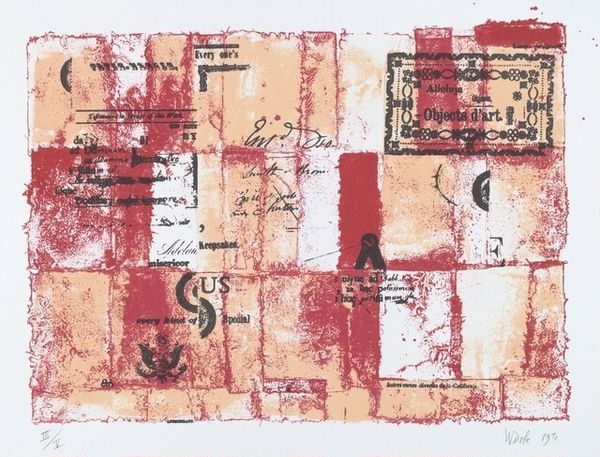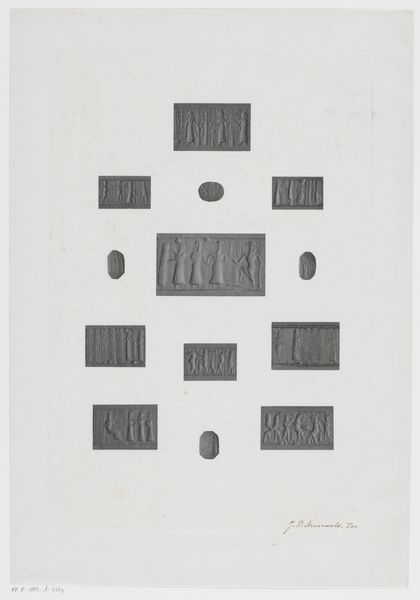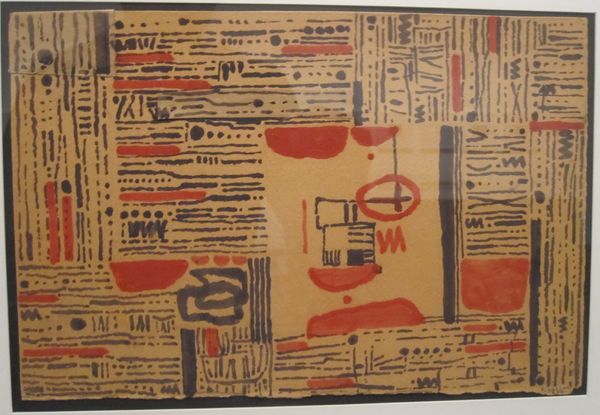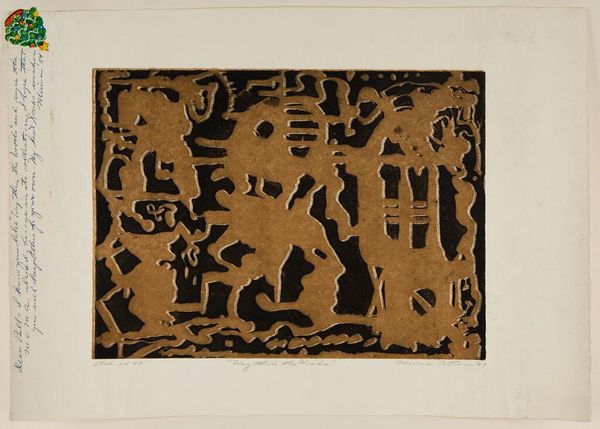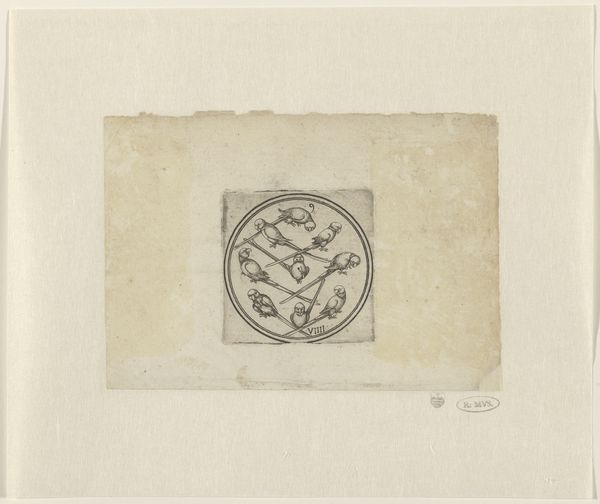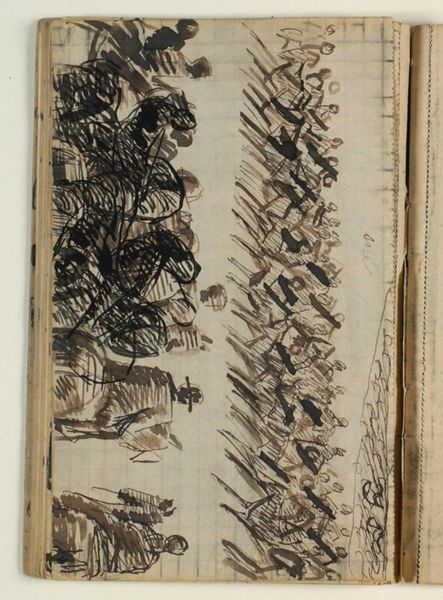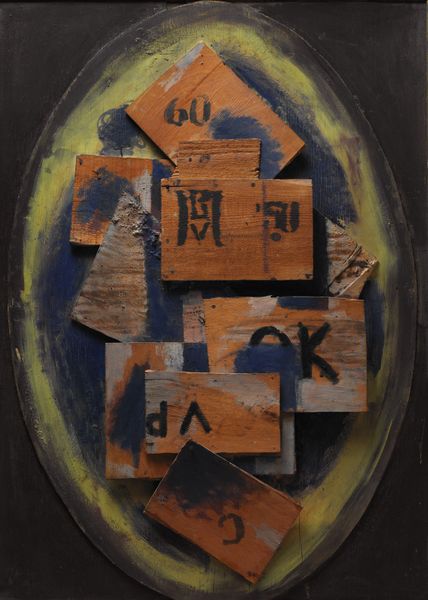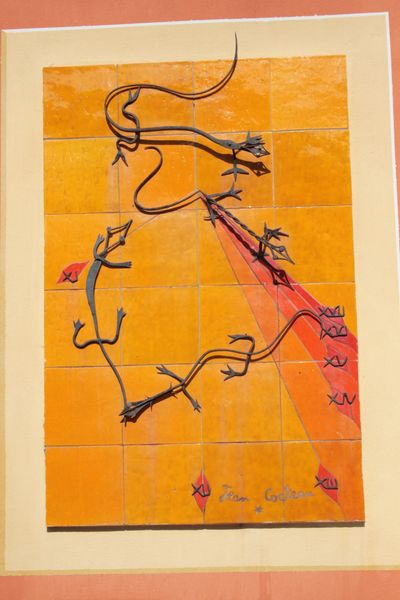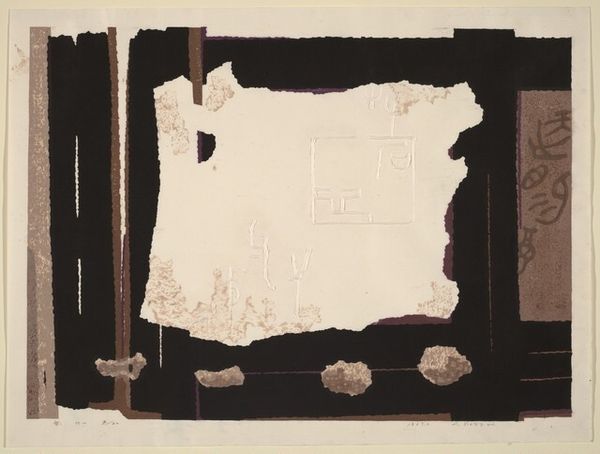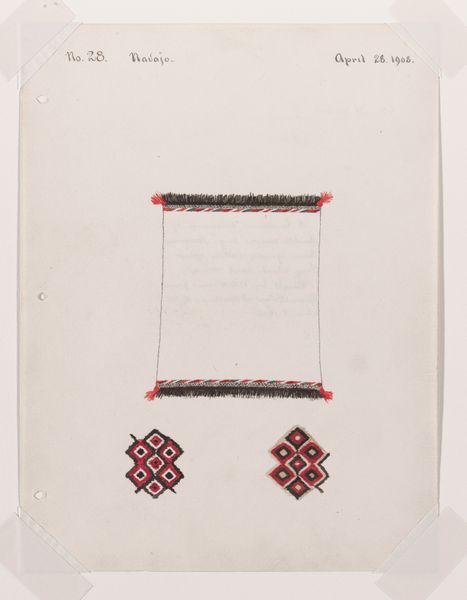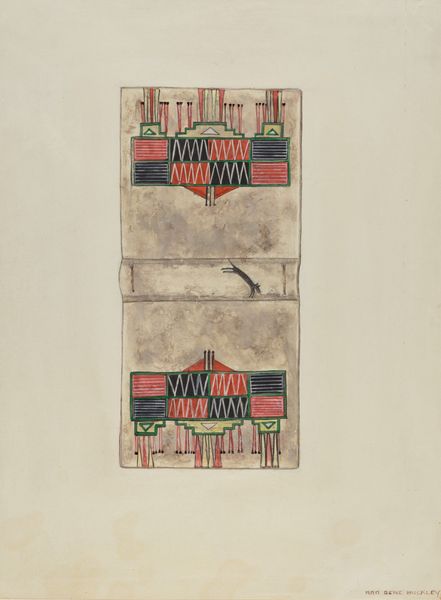
Page from a copy of the Qur'an Abbasid Caliphate (750–1258), 9th century
paper, ink
asian-art
paper
ink
islamic-art
calligraphy
Dimensions: 23.9 × 33.2 cm (13 3/16 × 9 7/16 in.)
Copyright: Public Domain
Curator: So, let's talk about this page from a copy of the Qur'an, crafted during the Abbasid Caliphate in the 9th century. The anonymous artist used ink on paper to create this beautiful example of Islamic calligraphy. What strikes you most about it? Editor: Well, initially, the way the text just…floats there. It’s so balanced and rhythmic, yet it feels very grounded too. Like music visually expressed on a page, all those strong horizontals tethering the ascenders and curves. It feels surprisingly contemporary. Curator: It’s a testament to the reverence with which the Qur'an was treated. The emphasis wasn't merely on conveying the text, but elevating it through artistic means. The choice of calligraphy, a highly esteemed art form, underlines this. Editor: Absolutely. It makes me think about the performative aspect. Someone painstakingly creating this, reciting, breathing life into these symbols. The devotion is baked right in. Also, that warm tone of the paper works wonderfully against the bold black ink and little bursts of red. Makes it come alive. Curator: Those small red dots, actually, are crucial! They indicate vowel sounds, standardizing the reading of the text across different regions. They represent a significant development in the codification of the Qur'an. Before their adoption, variation existed. Editor: That's fascinating. They aren't just decorative; they are like tiny anchors of meaning! Seeing it now, there's something deeply satisfying about how form and function unite so beautifully, centuries after its creation. Curator: Yes, and consider the role of patronage, as the elite often commissioned lavish Qur'ans like this, reflecting their status and piety. The scale and resources invested indicate how deeply intertwined art, power, and religion were at the time. Editor: It's a humbling thought, isn’t it? I came here thinking just about form and line, and now I am connecting with its historical purpose and societal implications. Thank you for expanding my reading of the piece! Curator: My pleasure. It is my belief that when you can truly delve into art history, your perception of a work transforms into a unique kind of sensory appreciation.
Comments
No comments
Be the first to comment and join the conversation on the ultimate creative platform.
